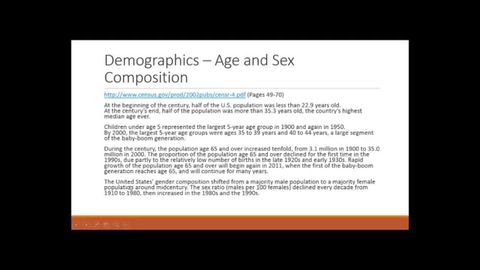
字幕與單字
市場感知。 人口結構的影響 (Market Sensing: Demographic Influences)
00
Jack 發佈於 2021 年 01 月 14 日收藏
影片單字
shift
US /ʃɪft/
・
UK /ʃɪft/
- v.t./i.變化,改變;轉移,移動;輪班
- n. (c./u.)轉移;輪班職工;班;輪班;輪班;連衣裙;地殼變動;換檔鍵;換檔
- adj.輪班的
A2 初級中級英檢
更多 使用能量
解鎖所有單字
解鎖發音、解釋及篩選功能

US /ʃɪft/
・
UK /ʃɪft/